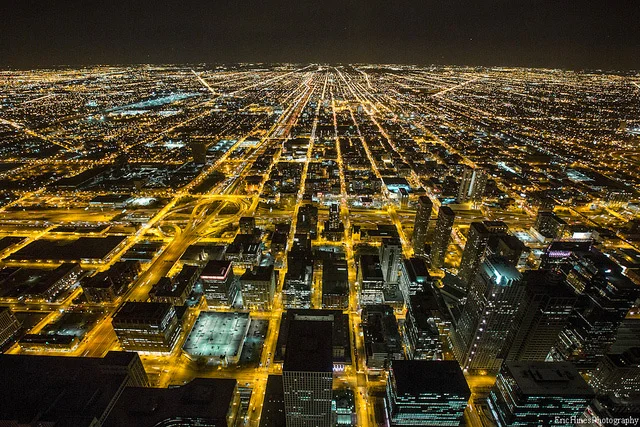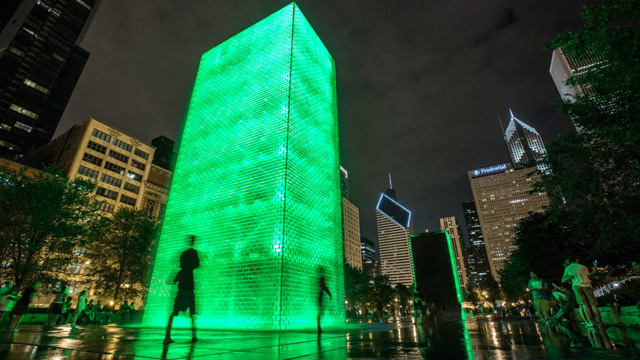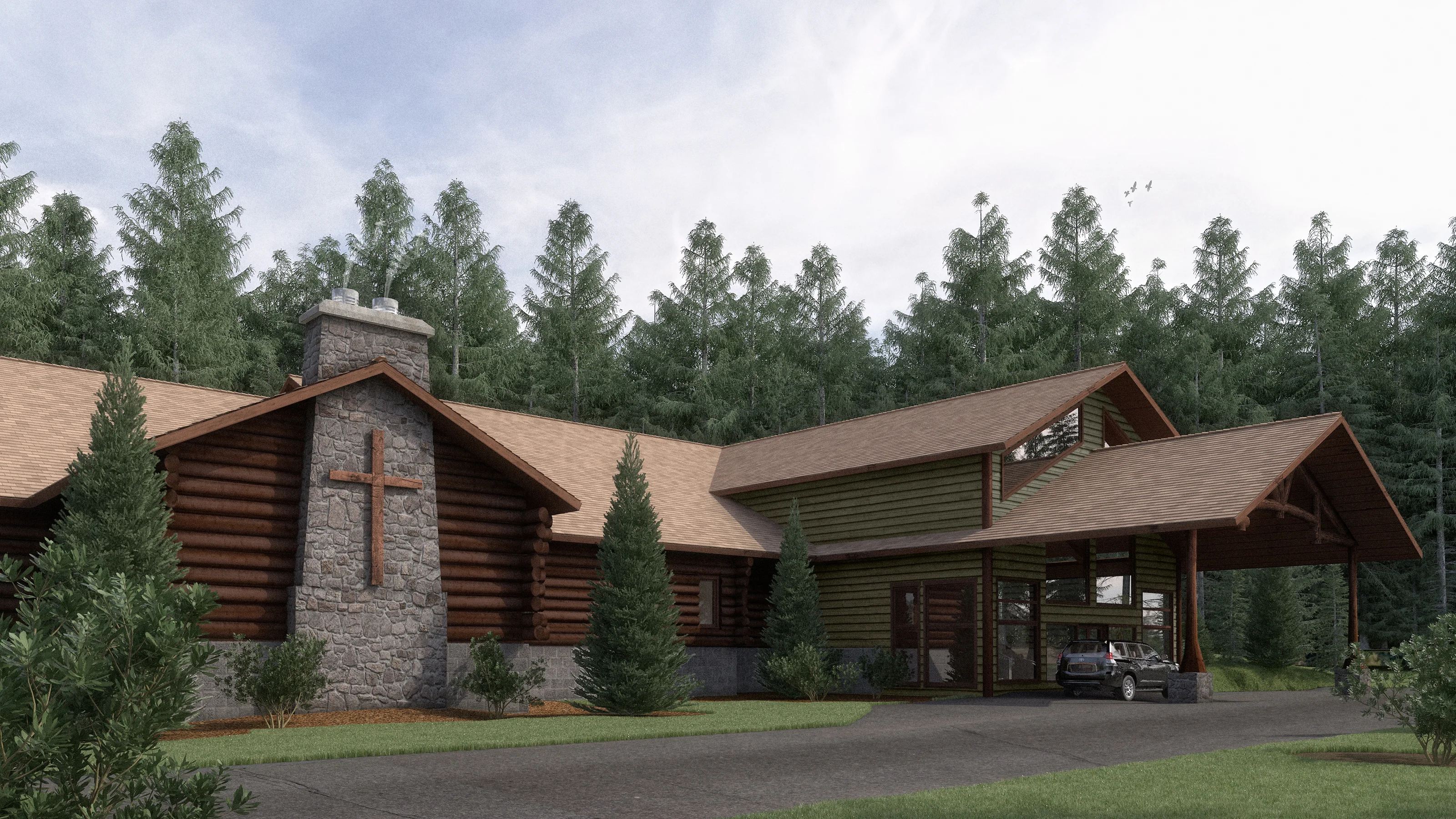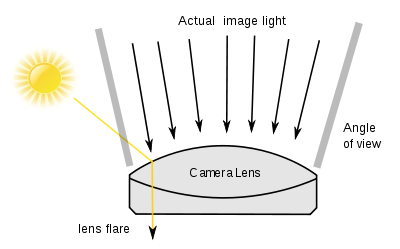BLOG
The Quality of Light
When light fades, color go with it, yet this is not just a question of the quantity of light; it's also the quality. Both time of the day and climactic conditions make a big difference. Morning, midday and afternoon light all have a different effect on color, making them cooler or warmer, crisp of vague.
Distance. Color nearest to us appear brighter and warmer than those in the distance; colors seem duller and cooler as the atmosphere in between increases. If you want objects to recede in the distance, they have to lighten, as well.
Surrounding Colors. Every aspect of color is relative. Learn to see each color with a fresh eye every time.
Did you enjoy this blog post? If so, then why not:
Leave Comment | Subscribe To This Blog | Email Me
Try The Seesaw Test
Imagine your rendering poised - compositionally speaking - on the tip of a triangle, with your hands steadying it. Ask yourself : if you took your hands away, which direction would it fall? What needs to be added, subtracted, lightened or darkened, or made more interesting to provide the needed balance?
Did you enjoy this blog post? If so, then why not:
Leave Comment | Subscribe To This Blog | Email Me
Determining the Viewpoint
The viewpoint - the level and angle of the viewer's eye in relation to your subject. How high or low the horizon line is placed determines whether the viewer is looking down, straight ahead or up at the subject.
Your viewpoint indeed makes a difference. A portrait with the face placed high on the picture plane projects force and dignity; one placed lower is approachable and less intimidating.. In an exterior architectural rendering, a low horizon line suggests that the viewer is looking down from above, surveying a scene that is expansive and open, Looking up at the horizon line suggests a more intimate, perhaps introspective scene.
When placing the horizon line, remember that unequal division of space are generally considered the most interesting. Avoid centering the horizon line and the renderings focal point.
Did you enjoy this blog post? If so, then why not:
Leave Comment | Subscribe To This Blog | Email Me
House in the Woods
In this 3-D architectural rendering, I tried to highlight a majestic open-air space by showing the home in its surroundings, with its towering trees.
Did you enjoy this blog post? If so, then why not:
Leave Comment | Subscribe To This Blog | Email Me
15 Components of Great Composition
By studying the masters you admire with the design elements and principles in mind, you can discover much that will be helpful. Refer to this list of design components commonly found in great compositions. Popular myths to the contrary, a great rendering is seldom all spontaneous, mysterious, and free-flow. It just looks that way. Successful artists know what they are doing, and they know how to repeat it. If they know it, you can learn it.
As you review art in books or exhibits, practice identifying these components. Then consciously incorporate them into your own work.
- A strong value pattern. This means the work has connected light and shadow shapes that unify and give power to the rendering. One rule of thumb is that 80 percent of the dark values (shadow shapes) should be connected to each other.
- A compositional scheme. A good rendering is usually not without its surprises , but it should have an overall organizational plan.
- A dominant focal point or center of interest. There should be no question where to look first.
- An overall mood. The scene may be upbeat or solemn, peaceful or haunting, joyful or angst-ridden. However subtle or strong, you should feel something about what you re seeing.
- Balanced shapes. Compositions can be symmetrical or asymmetrical. Bright color, high contrast, detail and direction of line all effect the balance of shapes.
- Balanced temperature. We generally don't want to be cold. Therefore, a painting that is overwhelmingly warm still draws the eye, but one that is predominantly cold often repels it. Find ways to introduce warmth into cold subjects.
- A sense of freshness. The rendering should breath as though fresh off the vine - not appearing overworked.
- Interesting intervals. This commonly refers to the spacing of similar objects. Intervals should be irregular, not perfectly repetitious.
Did you enjoy this blog post? If so, then why not:
Leave Comment | Subscribe To This Blog | Email Me
15 Pointers for Better Composition
There's an exception for every rule. But it is worth knowing what the rules are - and adhering to most of them most of the time. - that allows artists to break selected rules successfully, and thereby to make the stunning, memorable exceptions! Here is a laundry list of pointers to keep in mind. Note how many of them apply to the planning phase.
- Render only what you love or what intrigues you. if you are bored, your viewers will pick up on it - and they may share you opinion
- Thumbnail sketches are worth the trouble. Thumbnails quickly give you a sense of the compositional possibilities. Do several.
- Think three-dimensionally in your design. Consider all planes; foreground, middle ground and background.
- Work on modelling skills. Well-developed modelling skills give you the freedom to rearrange, to manipulate shapes, lines and color, and to be loose without losing believability.
- Simplify. If you can get along without an object or detail, eliminate it.
- Include quite places for the eye to rest. Contrast between open and busy spaces adds interest.
- Mood is best made, not happened onto. Decide what feeling you're after, and support it early on
- Consider color early on. Color scheme can develop along with the rendering, but it's best to give yours some thought beforehand.
- Either warm or cold colors should dominate. Keep in mind that the human eye is more attracted to warm colors
- Watch format proportions.
- Start with big, simple shapes. Don't hamstring yourself with detail early in your rendering's development
- Leave something to the imagination. Omitting detail requires much greater discipline and skill than putting it all in. This also keeps the viewers mind engaged.
- Remember the finishing touches. Highlights, dark accents and bright jewels of color bring your rendering to life.
- Step away from your monitor after a couple hours. Rendering is a two-step process; application alternated with evaluation
- When you think you are through, give it time to cool. Turn your monitor off and revisit it later - once, twice, or several times more.
Did you enjoy this blog post? If so, then why not:
Leave Comment | Subscribe To This Blog | Email Me
Does Orientation Matter?
The orientation and proportions of a rendering's format should be whatever is required to support your composition and the form you plan to present.
If you settle on a horizontal format, the issue is not just how wide, but how tall in proportion to the width. Likewise with vertical. What mood or experience are you trying to convey to the viewer? Different formats inspire different feelings. A horizontal rendering is usually calming, expansive and restful; a vertical may be more dramatic or inspiring. Though some artists regard square format as static, I consider them simply neutral.
Did you enjoy this blog post? If so, then why not:
Leave Comment | Subscribe To This Blog | Email Me
Cityscape Chicago: A Timelapse of Chicago in 30,000 Photographs by Eric Hines
Filmmaker Eric Hines does a phenomenal job of making us look good here in the windy city with his most recent timelapse, Cityscape Chicago. The clip consists of over 30,000 still photographs taken between July and October of this year primarily around the bustling downtown areas including the financial district, Navy pier, Wacker drive and the lakefront.
Did you enjoy this blog post? If so, then why not:
Leave Comment | Subscribe To This Blog | Email Me
Pay Your Dues and be Patient
“Pay your dues and be patient. Very rarely does one come right out of art school and land their dream job. And I find that a lot of young creatives want that right away. If you stay true to your passion, eventually you’ll get to where you want to be.””
Did you enjoy this blog post? If so, then why not:
Leave Comment | Subscribe To This Blog | Email Me
Contrast and Emphasis
Contrast is emphasis. The sharpest contrast should be where you want the eye to go first. Contrast comes in many forms, including value, color, detail and line.
Value Contrast
The most important element is the value; the most influential of the principles is contrast. Put them together and you have a kind of contrast that packs the most punch.
Color Contrast
This usually refers to contrast in hue or temperature, but intensity also can play a role. A power struggle ensues when hues are equally intense. One must dominate, or the eye won't know where to look.
Contrast in Complexity
Just as brightness is enhanced by neutrality, detail, texture and pattern are more exciting next to areas of simplicity.
Contrast in Line
A rendering with entirely horizontal lines is effectively no rendering at all. When even a minimum of diagonal and vertical lines is added, the improvement is dramatic.
Did you enjoy this blog post? If so, then why not:
Leave Comment | Subscribe To This Blog | Email Me
Happy Birthday, Bob Ross
Robert Norman "Bob" Ross was an American painter, art instructor, and television host. He is best known as the creator and host of The Joy of Painting, a television program that ran for more than a decade on PBS in the United States and Canada.
Did you enjoy this blog post? If so, then why not:
Leave Comment | Subscribe To This Blog | Email Me
Many 3D Artists Feel Intimidated by Design
Architectural illustrations and 3D renderings are the same thing as composition. Despite rumours to the contrary, there's no imperative difference. They both boil down to what you put where. We make decisions then we place 3D geometry in one place or another on our screen.
Composition and design are ultimately what an architectural illustration and 3D rendering is about. Many 3D artists feel intimidated by design, that it's more than they want to deal with. They push it into the back-burner and hope that somehow it will take care of itself. However, the fact is that design can be demystified - and it must be, since consistently successful results come no other way.
Mountain climbing seems to mirror the act of creating 3D art. Does anyone just forgo planning and "hit the road" to reach the peak? Obviously, not if you intent to see the view from the top, and not if you plan to get there again. Happy accidents seldom happen when climbing to great heights. That requires understanding, planning and practice.
Even with a plan, success is never guaranteed. It just improves the chances. Good composition requires a well-developed sense of design. How do you require good design? You study, observe, and ask questions. In the process, you learn to see critically. And you render - a lot, while consciously applying the concepts you've discovered.
We're all aware that there's much about art that is intuitive. But few realise how much of art is logical and reasonable. It can be understood. And, once understood and absorbed, eventually it becomes second nature. Anyone who sets out with serious intent can master design.
Did you enjoy this blog post? If so, then why not:
Leave Comment | Subscribe To This Blog | Email Me
Crosslake Evangelical Free Church Rendering
Crosslake Evangelical Free Church in Crosslake, MN, also known as the Log Church, is proposing an addition to their historic church building. I was asked to illustrate the addition, attached to the existing log church, for fundraising.
Did you enjoy this blog post? If so, then why not:
Leave Comment | Subscribe To This Blog | Email Me
A Rendering with Flare
Flare adds atmosphere of a kind, and also a sense of actuality. Certainly, for strongly manipulated and special-effects imagery, adding flare can be a useful way of helping to convince the viewer that a scene is genuine.
The polygonal flare patterns that are created by internal aperture reflections and refractions from a point source of light (such as the sun) that is either just inside or just outside the picture frame.
From your final 3D rendering, inside your post processing application, you can add your flare. For the most part, you add a flare for a treatment that conveys the intensity of the sun and a general feeling of heat. The software I use is the Knoll Light Factory plug-in for Photoshop.
Keeping the generated flare on a separate layer makes it easy to align with the sun and the rest of your 3D scene.
Did you enjoy this blog post? If so, then why not:
Leave Comment | Subscribe To This Blog | Email Me
The Properties of Color
Any color has three basic properties - it's hue, its tone, and its intensity. Hue means the color as identified by its name - red or blue, for example. Tone means the lightness or darkness of a color. You can, for instance, have a light blue or a dark blue. In addition to the properties of hue and tone, colors have a varying degree of intensity. Two reds may be identical in tone and yet be clearly different, with one more intense, or brighter, than the other. The difference in intensity is sometimes called color saturation.
When you use the word color, you are generally referring to these three properties - hue, tone, and intensity - simultaneously. However, it is helpful to be able to identify them separately because when you notice that a color is "wrong", you will be better able to pinpoint what is wrong with it - whether it is too light in tone or too intense.
Did you enjoy this blog post? If so, then why not:
Leave Comment | Subscribe To This Blog | Email Me
Quick Thumbnail Sketches
To avoid basic mistakes in your composition, make a quick sketch of the main shapes.
It may sound laborious to make small sketches before embarking on the main 3D Architectural Rendering, but it is helpful, because it can save you having to make changes later. The more preparation you do, the more chance you have of achieving a successful 3D Architectural Rendering.
John Maeda: How art, technology and design inform creative leaders
John Maeda, President of the Rhode Island School of Design, delivers a funny and charming talk that spans a lifetime of work in art, design and technology, concluding with a picture of creative leadership in the future. Watch for demos of Maeda’s earliest work -- and even a computer made of people.
John Maeda is the president of the Rhode Island School of Design, where he is dedicated to linking design and technology. Through the software tools, web pages and books he creates, he spreads his philosophy of elegant simplicity.


























